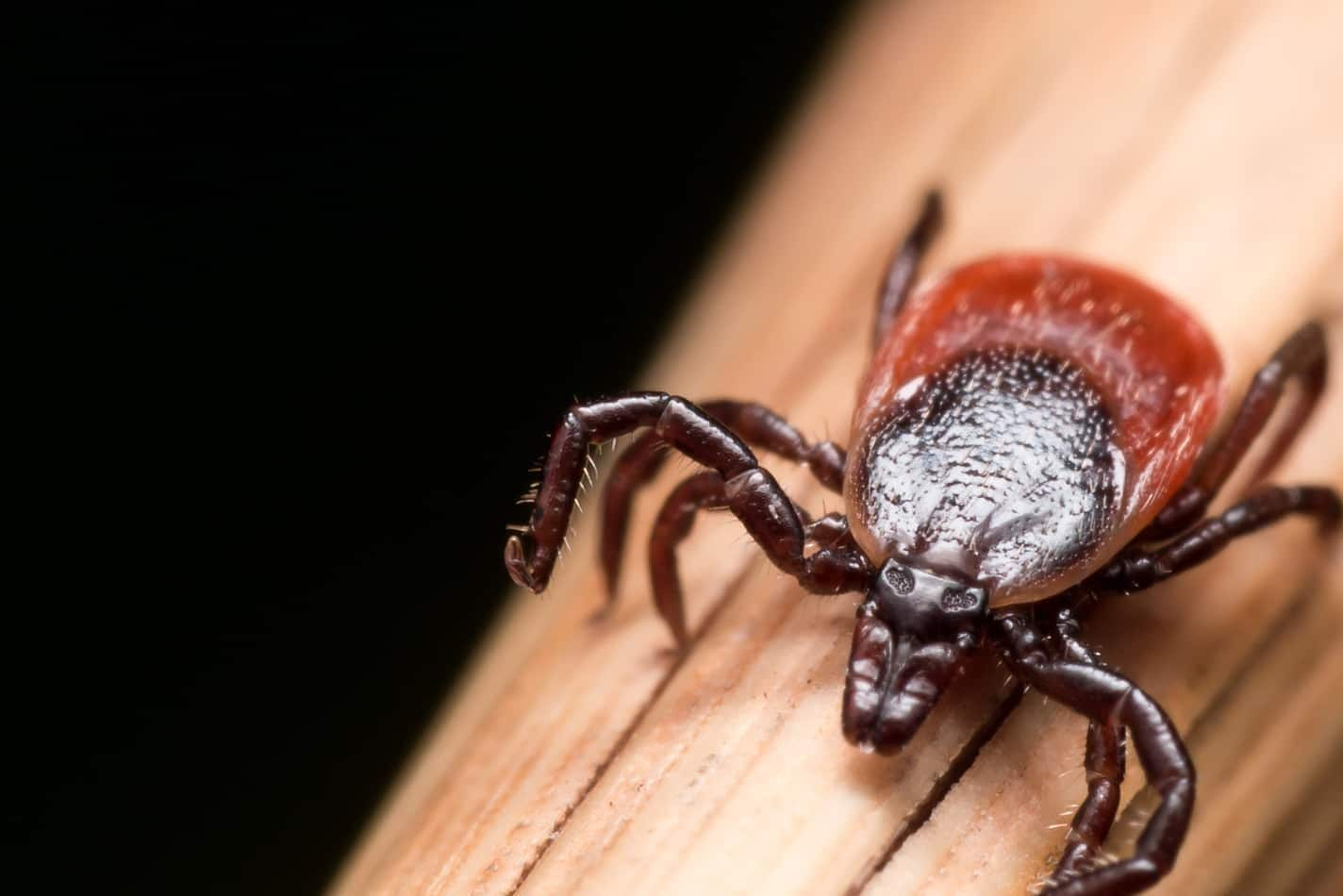
-
Find the right food for your petTake this quiz to see which food may be the best for your furry friend.Find the right food for your petTake this quiz to see which food may be the best for your furry friend.Featured products
 Hypoallergenic Small & Mini Adult Dog Food
Hypoallergenic Small & Mini Adult Dog FoodHILL'S SCIENCE PLAN Hypoallergenic Small&Mini Adult dog food with Salmon is complete pet food for adult small dogs 1–6 years old. It's formulated for dogs with delicate skin and stomach, with limited high quality novel protein sources & no grain.
Shop Now Perfect Weight Small & Mini Adult Dog Food
Perfect Weight Small & Mini Adult Dog FoodHill's Science Plan Adult Small & Mini Dog Food with Turkey is a complete premium pet food for adult small dogs from 1 year old that are prone to weight gain or slightly overweight. This deliciously smooth mousse is formulated to deliver the appropriate amount of energy to support weight maintenance in adult dogs.
Shop Now Perfect Digestion Small & Mini Adult Dog Food
Perfect Digestion Small & Mini Adult Dog FoodHill's Science Plan Perfect Digestion Small & Mini Adult Dog Food with Turkey is a complete premium pet food for small breed adult dogs aged 1–6 years. This deliciously smooth mousse is precisely balanced to deliver the appropriate amount of energy and to support digestive health in adult, small breed dogs.
Shop NowFeatured products Urinary Health Adult Cat Food with Chicken
Urinary Health Adult Cat Food with ChickenHill's Science Plan Urinary Health Adult Cat Food with Chicken supports the health of the whole urinary system. Suitable for sterilised cats.
Shop Now Oral Care Adult Cat Food
Oral Care Adult Cat FoodHill's Science Plan Oral Care Adult Cat Food with Chicken contains clinically proven kibble technology to reduce plaque & tartar build up.
Shop Now Sterilised Mature Adult Cat Food
Sterilised Mature Adult Cat FoodHill's Science Plan Sterilised Cat Mature Adult Cat Food with Chicken is specially formulated with ActivBiome+ Multi-Benefit Technology. It is a precisely balanced nutrition tailored to meet the needs of mature adult sterilised cats, ages 7+, and to promote graceful ageing.
Shop Now -
Dog
- Dog Tips & Articles
-
Health Category
- Weight
- Food & Environmental Sensitivities
- Urinary
- Digestive
- Joint
- Kidney
-
Life Stage
- Puppy Nutrition
- Adult Nutrition
- Senior Nutrition
Cat- Cat Tips & Articles
-
Health Category
- Weight
- Skin & Food Sensitivities
- Urinary
- Digestive
- Kidney
-
Life Stage
- Kitten Nutrition
- Adult Nutrition
Featured articles Tips For Mixing Wet And Dry Pet Food
Tips For Mixing Wet And Dry Pet FoodDiscover tips for mixing wet and dry pet food to ensure balanced nutrition and variety for your pet. For comprehensive feeding advice, visit Hill's Pet UK.
Read More Develop your gut instinct | Hill's Pet
Develop your gut instinct | Hill's PetDigestive disorders can affect any part of the digestive system, from the stomach, small intestine and through to the large intestine.
Read More Virtual Vet Visits: What You Need to Know
Virtual Vet Visits: What You Need to KnowLearn the ins and outs of a televet appointment before you talk to a vet online.
Read More -


Your cat may not look sick — but are they? Feline bartonella is a flea- and tick-borne illness that cats can pick up from grooming or staying at a shelter or cattery. Cats often show no symptoms in the early stages of the illness, so it's important to ask your veterinarian for a test. If your cat is strictly an indoor cat, chances of developing bartonella or "cat scratch fever" (as it is often nicknamed) are low, but you should still be aware of the risks.
How Is Feline Bartonella Transmitted?
Is cat scratch fever real? Yes, but it's only a nickname for one variety of bartonella, a condition caused by a bacterium found in flea and tick faeces. Up to 20 percent of cats with no risk factors still have the disease, according to the National Veterinary Laboratory. If you live in a hot, humid climate, your pet is more at risk. Cats contract bartonella primarily when flea faeces are present on their fur or skin and they lick up the debris and bacteria while grooming.
The bacteria can also be transmitted through ticks. It's easy to bring these tiny bloodsuckers into your house if you live near a wooded area or have a dog that loves barging through bushes and tall grass. If humans or other animals unknowingly bring ticks in the house, even an indoor cat could be at risk for bartonella. Pet parents should be checking their pets for signs of fleas, flea bites, and ticks on a regular basis. Even with constant checks, you may not find tiny fleas, so also watch for excessive scratching or red marks. Since many cats that get this disease will show no symptoms for weeks or even months, it's important to ask your vet for a blood test to find out if your pet needs to be treated if you find fleas or ticks in your home.
If your cat has recently been boarded or outside the home, it may be a good idea to have your vet perform the blood test as a precaution, even if your cat seems perfectly healthy. Many vets recommend the blood test as part of adopting a stray or a new kitty from a shelter.

What Are the Symptoms?
Cats can carry the bacteria in their systems for months without any symptoms, so if your pet starts to show signs of swollen glands, lethargy, or sore muscles, you definitely want to get them to the vet. Most cats are treated with a round of antibiotics, go back for a follow-up test a few months later, and exhibit no further problems. Fortunately, bartonella is not a deadly disease, but it is still one that pet parents should be aware of and know how to prevent.


Tasty Tips
Can People Get Cat Scratch Fever?
The name of feline bartonella may lead you to believe that only cats can get it, but the rest of the family is also vulnerable. Unfortunately, bartonella is a zoonotic disease, meaning it can be transmitted from cats to humans by scratching, biting or petting. The Centers for Disease Control recommends that immunocompromised people, such as young children or the elderly, avoid playing with young cats, because these humans are more likely to contract the disease. However, all cats can carry feline bartonella, so if someone who lives in your home has a sensitive immune system, they should be cautious around possibly infected cats. Dogs don't groom themselves like cats do and are at less of a risk, but they can still contract this illness from their furry sibling or pick up diseased ticks independently.
If anyone in your home is scratched or bitten by a cat, make sure they wash the area immediately and keep it clean. The name "cat scratch fever" or "cat scratch disease" can help you remember that the disease can be transferred from any broken skin. If a scratch turns red and swollen, seek medical attention.
This disease can still be transmitted without a bite or scratch. If you or someone in your house has any of these symptoms, they should talk to their physician and consider being tested for feline bartonella or any other strand of bartonella that may be common to your area:
- Fever
- Fatigue
- Headache
- Poor appetite
- Tremors
- Swollen glands or "stretch marks" on your skin
You don't have to have all these symptoms to consider being tested for a tick-borne illness. If your test does return a positive result, the good news is that this disease is not typically dangerous to humans, but it may require antibiotic treatment.
One other thing to remember is that if your cat has tested positive for feline bartonella (and doesn't bite or scratch you), it's important to wash your hands and be cautious about petting your cat until they are completely disease free!
How Do You Care for a Sick Cat?
If your cat tests positive for feline bartonella and has to go on antibiotics, you may find that administering medication and dealing with a cranky kitty can be a bit overwhelming. Here are some tips to help the treatment process go as smoothly as possible:
- If your cat is taking antibiotics in pill form, follow each pill up with a treat. If your vet allows it, you can even crush it up in a pinch of wet food to make a tasty meatball.
- Pick a time of the day that your cat is usually calm and quiet to administer the medication.
- Allow your cat to have a room to themselves, away from children and other pets, until they feel better.
- Find time for extra one-on-one time with or near your cat. If they want to be cuddled, you can pet them; just be sure to wash your hands afterward.
- Be patient with your cat and realise the crankiness is only temporary.
- When your cat finishes the round of medicine and regains some energy, reward them with more play and attention to strengthen your bond.
Feline bartonella may cause some trouble for you and your pet, but it is a disease that can be quickly identified with a blood test, and most treatments only take about two to three weeks. If someone asks you "Is cat scratch fever real?" you now know what to tell them now.


Chrissie Klinger is an educator, writer and mother of two children, three dogs and three cats. Her dog Jake loves sitting on her lap every chance he gets! She enjoys living an active and eco-friendly lifestyle in rural Pennsylvania.
Related products

Hill's Science Plan Sterilised Cat Mature Adult Cat Food with Chicken is specially formulated with ActivBiome+ Multi-Benefit Technology. It is a precisely balanced nutrition tailored to meet the needs of mature adult sterilised cats, ages 7+, and to promote graceful ageing.

Hill's Science Plan Senior Cat Food with Chicken is a complete pet food, specially formulated with ActivBiome+ Multi-Benefit Technology.
This food supports healthy aging during the golden years. Contains a special ingredient blend to help keep older cats agile, more alert & interactive.

Hill's Science Plan Oral Care Adult Cat Food with Chicken contains clinically proven kibble technology to reduce plaque & tartar build up.

Hill's Science Plan Urinary Health Adult Cat Food with Chicken supports the health of the whole urinary system. Suitable for sterilised cats.
Related articles

Find the right Hill

Feeding time can be a wonderful bonding opportunity for you and your cat. Find out how to make the most of it and create a healthy habit with HIll's Pet UK.

Good nutrition is about the right balance of nutrients. Learn more about health issues when feeding a cat food that has an improper nutritional balance from your friends at Hills Pet Nutrition.

Discover what you can do to spot and support a sensitive cat stomach. See what routines and food you can implement to help your cat be happy and healthy.

Put your cat on a diet without them knowing
Our low calorie formula helps you control your cat's weight. It's packed with high-quality protein for building lean muscles, and made with purposeful ingredients for a flavourful, nutritious meal. Clinically proven antioxidants, Vitamin C+E, help promote a healthy immune system.
Put your cat on a diet without them knowing
Our low calorie formula helps you control your cat's weight. It's packed with high-quality protein for building lean muscles, and made with purposeful ingredients for a flavourful, nutritious meal. Clinically proven antioxidants, Vitamin C+E, help promote a healthy immune system.


